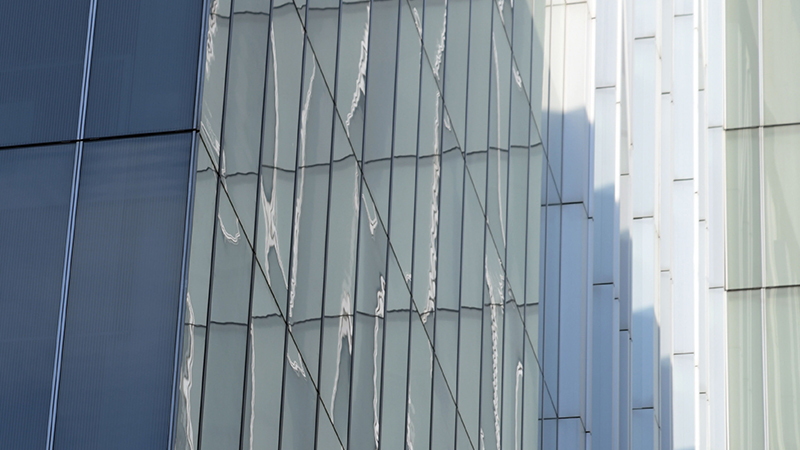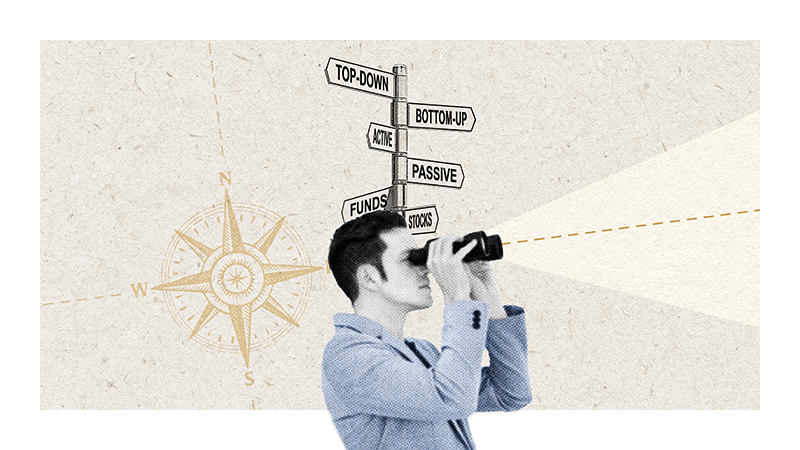Private debt: An attractive investment opportunity in the current market context
|
Key takeaways
|
Private debt is now a mature asset class and has become an increasingly important source of financing for companies. In fact, private debt is now an asset class in its own right with nearly USD 1,300 billion in assets under management as of 30 September 2022 (source: Pitchbook). For companies, private debt offers a complementary means of financing to traditional bank financing, which is certainly more expensive, but also closer to their needs depending on the situations to be financed. Companies are willing to pay a premium over bank financing as they benefit from tailor-made financing and rapid decisions from the lender.
Investment characteristics of private debt
The main investment characteristics of private debt can be compared to those of high yield bonds, with less liquidity but a variable interest rate, which we believe is particularly attractive in the current market environment. Major differences between the two investment opportunities are the level of structuring as well as the level of control exercised by the investor through the private debt fund to which he has subscribed. These two characteristics are clearly in favour of private debt. The liquid capital market is standardized and exerts its control through agents (mainly large investment banks) who generally do not retain exposure to the asset they have just negotiated and structured, whereas the private debt funds control the asset directly. Part of the private debt fund's management remuneration depends on the performance of the credit, offering the investor a high level of control and a true alignment of interest.
After comparing the characteristics of these two credit assets, it seems relevant to compare credit assets with equities in the current market context. Considering the historically high inflation and the increase in interest rates by central banks in recent months, investors are confronted with a completely new paradigm since the great financial crisis of 2008. If one wants to take a longer view, it is easy to see that we have lived in a world of continuously falling interest rates and abundant liquidity for the past 40 years. It was a golden age for investors, especially for asset owners. Over the past year, the level of inflation has weighed on growth and corporate margins, while the rise in interest rates has made financing more expensive. The economic uncertainty and investor's risk aversion in an unstable geopolitical context are casting doubts on the valuation levels of assets, particularly corporate and real estate assets. Conversely, investors, whether through bonds available on the capital market or through private debt investment funds, now benefit from attractive yields and very favourable bargaining power on other financing terms, namely the level of security and the level of equity required to back a loan.
Risk and return outlook
The pressure on corporate growth and profit margins, the uncertain economic environment and the geopolitical instability are obviously risk factors for debt investors as well. In fact, these factors will probably lead to rising future default rates. This is the reason why the level of security as well as the level of control over the credit asset is so important. In order to measure the current level of risk, a recent study by CRISIL, a specialized subsidiary of S&P, assesses the evolution of default risks in certain sectors and under different scenarios. CRISIL estimates that default rates in a moderate to high economic stress scenario could reach a level of 3.5% on average, up from a default rate of 0.5% in 2021 and compared to a default rate of 2.2% during the 2020 Covid pandemic.
However, the default rate is not equivalent to the net loss rate. To measure the risk of a net loss, one must apply to the default rate a recovery rate, i.e. the value that the lender will recover by negotiating with the borrower or by exercising its securities. We estimate an average recovery rate in the range of 70-90%, variable depending on many parameters, and sometimes much higher for the best private debt managers. This could result in portfolio loss levels of 0.35% to 1.05%. This is a very acceptable level of risk compared to returns of 7% to 10% that private debt portfolios generate. The other good news is that this applies to portfolios originated before the recent rise in rates. For funds and investors with cash on hand today (the so-called "dry powder"), the 2023 and later vintages of private debt funds could very well be the best ever for this asset class.
Evolution of LIBOR Rates and Credit Spreads for Leveraged Loans
Source: Bloomberg, British Banker's Association (BBA), Hermance Capital Partners, 01.12.2019 -31.12.2022





